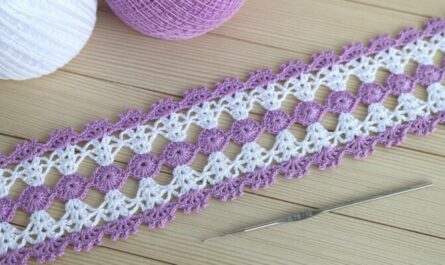In an era increasingly conscious of sustainability and personal expression, the crochet tote bag has risen from a humble craft item to a cherished accessory. More than just a simple carry-all, a handmade crochet tote is a unique blend of artistry and practicality, offering a sustainable, stylish, and deeply personal alternative to mass-produced bags. It’s a versatile companion, ready for everything from a trip to the farmers’ market to a casual day out, all while showcasing the beauty of handcrafted textiles.
Why Choose a Crochet Tote Bag?
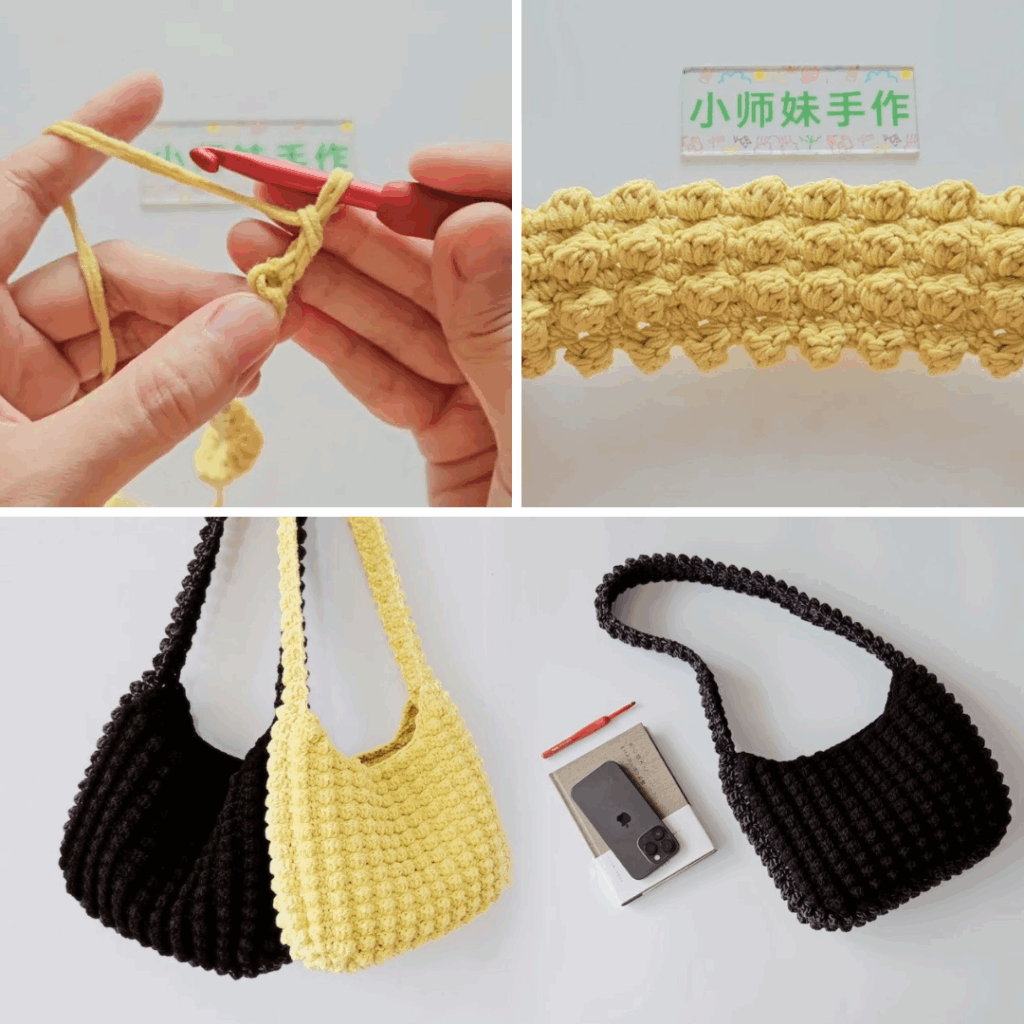
The appeal of a crochet tote bag extends far beyond its aesthetic:
- Sustainability Champion: In a world grappling with plastic waste, a reusable crochet tote is an eco-conscious choice, significantly reducing the reliance on single-use bags.
- Unique & Personalized: Each crocheted tote is a one-of-a-kind creation, reflecting the skill and vision of its maker. With endless possibilities for color combinations, stitch patterns, and embellishments, it becomes a true extension of personal style.
- Surprisingly Durable: When crafted with the right materials and techniques, crochet totes can be incredibly strong and hard-wearing, capable of carrying a surprising amount of weight without losing their shape.
- Versatile Companion: Whether it’s for groceries, beach essentials, yarn projects, books, or daily errands, a well-made crochet tote adapts to a myriad of uses.
- Artisan Appeal: Opting for a handmade crochet tote supports skilled artisans and promotes the value of traditional crafts in a fast-fashion world.
Key Elements of a Great Crochet Tote Bag
A truly exceptional crochet tote bag excels in three fundamental areas:
- Structure & Shape Retention: A good tote should hold its form, especially when filled, avoiding the dreaded “bag slump.” This is achieved through dense stitches, sturdy yarn, and often, a reinforced base.
- Durability: The bag must withstand the rigors of daily use, carrying various items without stretching excessively, tearing, or showing premature wear.
- Comfortable Handles: Handles are crucial. They need to be strong enough to support the bag’s contents and comfortable enough to carry, even when the bag is heavy.
- Aesthetic Appeal: Beyond function, the bag should be visually pleasing, with a well-chosen design, harmonious colors, and engaging stitch patterns.
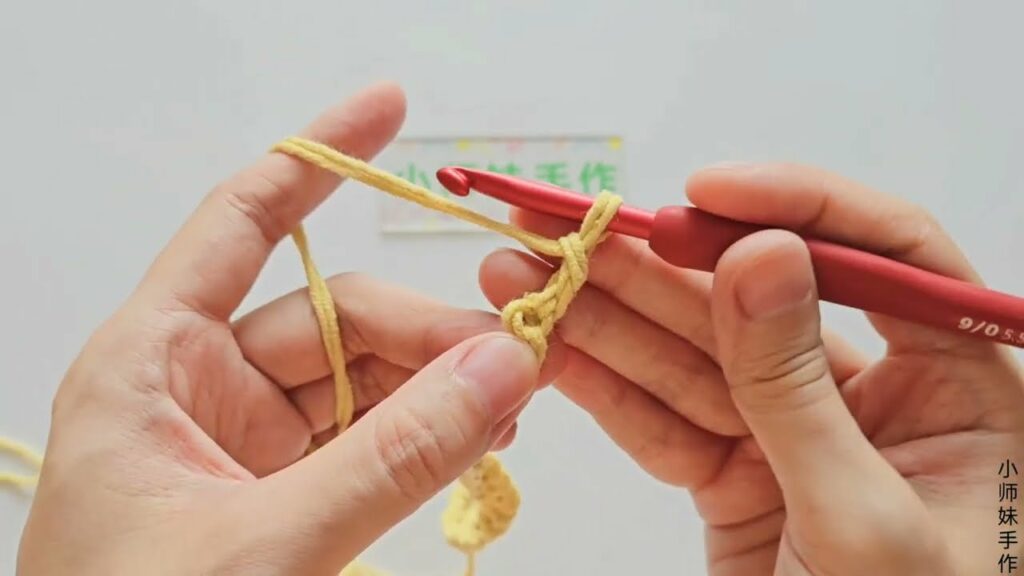
Materials Matter: Yarn Selection for Your Tote
The yarn you choose is paramount in determining the tote bag’s ultimate strength, drape, and feel.
- Cotton: The undisputed champion for crochet bags. Cotton yarns are strong, durable, have excellent stitch definition, are washable, and offer minimal stretch, which is ideal for maintaining shape. They come in a vast array of colors and weights.
- T-shirt Yarn (Zpagetti style): Made from recycled fabric scraps, this bulky yarn creates incredibly sturdy, chunky, and fast-to-make bags with a unique modern aesthetic.
- Nylon/Polyester Cords: For heavy-duty or water-resistant totes, these synthetic cords offer extreme durability and hold their shape exceptionally well.
- Jute/Raffia: These natural fibers lend a rustic, earthy vibe, perfect for market or beach bags. They can be stiff to work with but result in very resilient, breathable totes.
- Sturdy Acrylics: Modern, high-quality acrylics can be surprisingly durable, washable, and come in vibrant colors, making them a budget-friendly and versatile option.
- Avoid (for primary bag body): Very soft, delicate, or excessively stretchy fibers like thin alpaca, silk, or mohair, unless the bag is meant for light loads or will be heavily lined and reinforced.
Yarn Weight:
- Worsted (Aran) or Chunky (Bulky): These are the most common and recommended weights for sturdy tote bags, as they work up quickly and create a robust fabric.
- Super Bulky: Ideal for extra-fast projects and exceptionally thick, structured bags.
- DK (Double Knitting) or Fingering (Sock): Can be used for lighter totes or if held double or triple for added strength.
Stitch Patterns for Strength & Style
The right stitch pattern contributes significantly to both the bag’s durability and its visual appeal.
- For Strength & Density: These stitches create a compact fabric that resists stretching and holds its shape:
- Single Crochet (SC): The workhorse stitch. It produces an incredibly dense, solid, and sturdy fabric, perfect for bag bodies.
- Half Double Crochet (HDC): A good balance between density and speed, resulting in a firm but slightly softer fabric than SC.
- Thermal Stitch: Creates an incredibly thick, double-layered fabric by working into loops from previous rows, offering maximum warmth and density.
- Waistcoat Stitch (Center Single Crochet): Resembles knitting, forming a very dense, even fabric that is excellent for structure.
- Tunisian Simple Stitch (TSS): Creates a unique, woven-like fabric that is dense and sturdy.
- For Texture & Visual Appeal (often combined with a dense base):
- Basketweave Stitch: Mimics woven fabric, providing both texture and structure.
- Granny Square/Stripe Variations: Can be adapted for bags, though often require a solid lining to prevent stretching and items falling through.
- Shell Stitch: Adds decorative texture, often used for the top edge or as an accent.
- Post Stitches (FPDC/BPDC): Used to create raised textures, often for a ribbed look, adding visual interest and some stiffness.
Construction Methods for Crochet Tote Bags
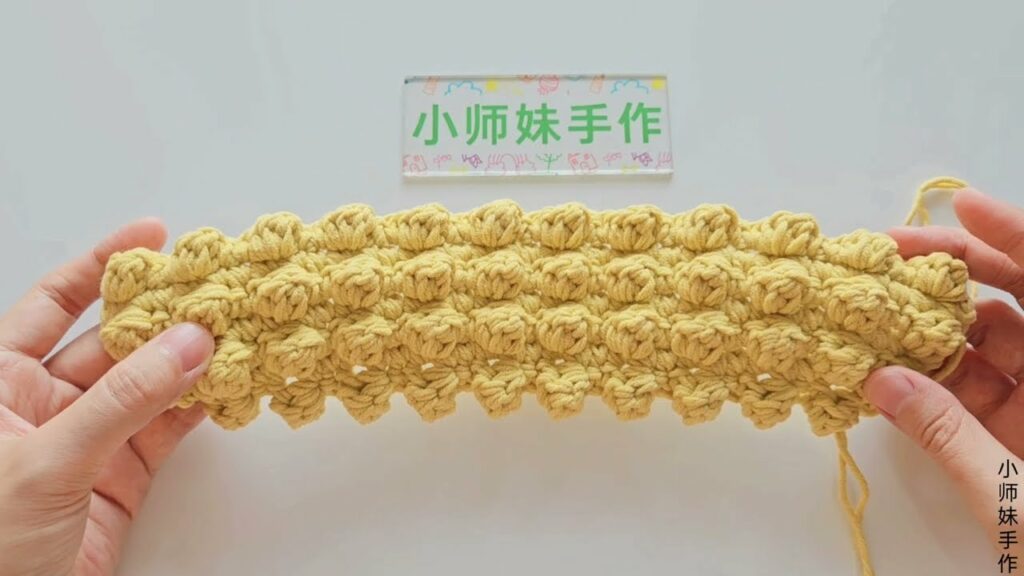
The shape and structure of your tote bag are largely determined by the construction method.
- Base First: Many sturdy totes begin with a solid base, providing a firm foundation.
- Flat Oval Base: Typically created by crocheting a starting chain and then working in continuous rounds around both sides of the chain.
- Flat Rectangular Base: Similar to the oval, but with sharper corners for a boxier shape.
- Circular Base: For round tote bags, starting with a magic ring and increasing evenly in rounds.
- Working in the Round (Seamless): Most common for the bag body once the base is established. This creates a strong, continuous tube without seams, enhancing durability.
- Working in Panels (Seamed): Involves crocheting separate flat panels (front, back, sides, and bottom) and then seaming them together. This method allows for very structured, defined shapes.
- Adding Handles:
- Crocheted Handles: Can be made by crocheting long, dense strips of SC or HDC, either integrated directly into the bag’s top edge or sewn on later.
- Non-Crocheted Handles: For a different look, consider attaching pre-made leather straps, wooden rings, or metal D-rings, often sewn securely to the bag’s top edge.
- Lining (Highly Recommended): A fabric lining is a game-changer for a crochet tote. It:
- Prevents stretching and sagging of the crochet fabric.
- Protects the bag’s contents from falling through any small gaps.
- Gives the interior a neat, finished look.
- Adds an extra layer of durability and strength.
Crafting Your Own Crochet Tote Bag: A General Process

- Plan Your Design: Decide on the size, shape (e.g., rectangular, square, round), desired stitch pattern, and color palette.
- Gauge Swatch: Crucial! Crochet a small swatch with your chosen yarn and hook to ensure your finished bag will be the correct size and have the desired density. Adjust your hook size if necessary.
- Start with the Base: Begin with your chosen base construction (e.g., oval, rectangle, circle).
- Build the Body: Once the base is complete, work up the sides of the bag in continuous rounds or by joining panels, using your chosen sturdy stitch pattern.
- Attach Handles: Integrate crocheted handles directly into the final rounds of the bag, or securely sew on pre-made or separate crocheted handles.
- Add Finishing Touches: Consider adding a closure (e.g., magnetic snap, button, zipper – often sewn into the lining), or decorative elements like tassels or pom-poms.
- Lining (Crucial Step): Measure and cut a durable fabric (like cotton canvas or broadcloth) to create a lining. Hand-sew or machine-sew the lining securely into the bag.
- Blocking (Optional but Helpful): For some yarns and stitches, gentle blocking can help to set the bag’s shape and even out any stitches.
Personalizing Your Tote Bag
The creative possibilities for personalizing a crochet tote are endless:
- Color Blocking & Stripes: Play with vibrant color combinations or classic stripes.
- Appliques: Add crocheted flowers, motifs, or initials.
- Tassels & Pom-poms: Attach fun tassels or chunky pom-poms to the handles or side.
- Embroidered Details: Add small embroidered designs or text.
- Custom Handles: Choose unique wooden, leather, or metal handles to match your style.
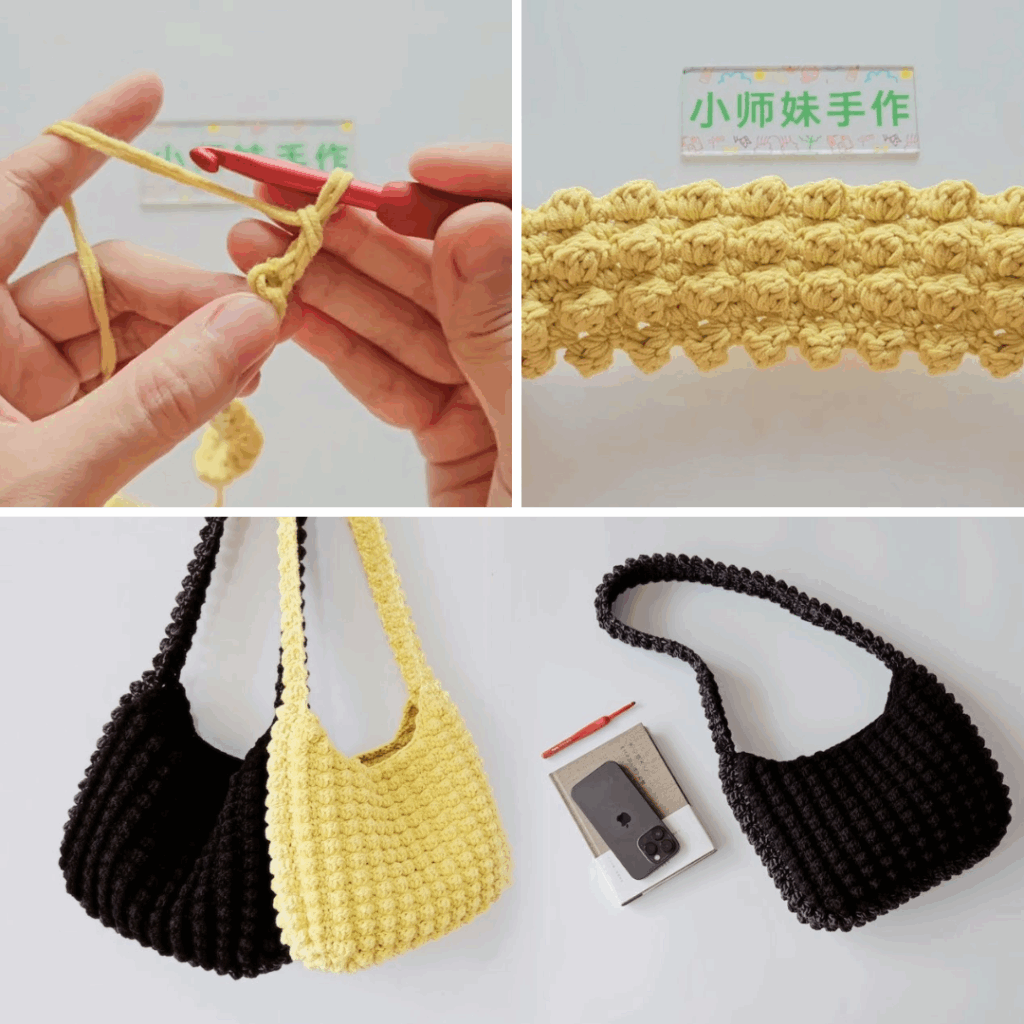
Care and Maintenance
Proper care will ensure your crochet tote bag lasts for years:
- Match Yarn Care: Always follow the specific washing instructions for your chosen yarn fiber.
- Gentle Cleaning: Most crochet totes are best hand-washed or machine-washed on a gentle cycle with cold water.
- Reshape and Dry Flat: After washing, gently reshape the bag and lay it flat on a clean towel or drying rack to air dry. Avoid hanging, as this can cause stretching and distortion.
- Lining Care: Ensure your lining fabric can withstand the same washing method as your crochet.
The crochet tote bag is a remarkable item – a testament to the warmth of handmade craft, the commitment to sustainability, and the joy of carrying a piece that truly reflects your unique style. It’s an investment in both utility and art, making it an indispensable companion for the modern, conscious consumer. Sources
Video Tutorial ;

